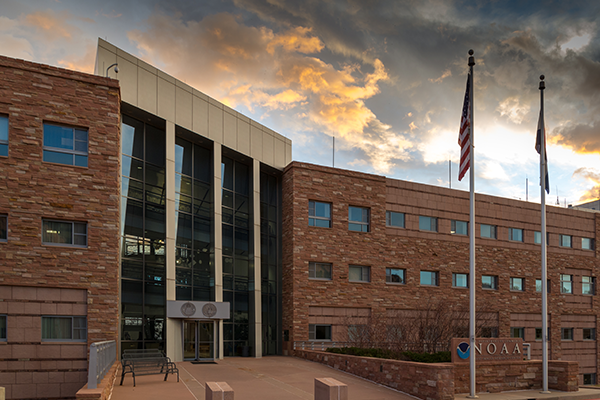
Hydrometeorology of the southwest contiguous US: Enhancements to the WRF-Hydro National Water Model structure for semi-arid environments and evaluation of climate change impacts on monsoon convection
Timothy Lahmers
University of Arizona, Tucson
Thursday, Nov 02, 2017, 2:00 pm
DSRC Room 2A305
Abstract
The NOAA National Water Center (NWC) implemented an operational National Water Model (NWM) in August 2016 to simulate and forecast streamflow and soil moisture throughout the Contiguous US (CONUS). The NWM is based on the WRF-Hydro hydrologic model architecture; however, the operational NWM does not currently resolve infiltration of water from the beds of ephemeral channels, which is an important component of the water balance in semi-arid environments common in many portions of the western US. This work demonstrates the benefit of a conceptual channel infiltration function in the WRF-Hydro model architecture following calibration.
The NWM is calibrated using NLDAS-2 atmospheric forcing and NCEP Stage-IV precipitation, using the Dynamically Dimensioned Search (DDS) algorithm. Our results show that adding channel infiltration to WRF-Hydro can produce a physically consistent hydrologic response with a high-resolution gauge based precipitation forcing dataset in the USDA-ARS Walnut Gulch Experimental Watershed. NWM WRF-Hydro is also tested for the Babocomari River, Beaver Creek, and Sycamore Creek catchments in southern and central Arizona. In these basins, model skill is degraded due to uncertainties in the NCEP Stage-IV precipitation forcing dataset.
To understand the effects of anthropogenic climate change on precipitation in the southwest CONUS, the climatology of transient inverted troughs (IVs) from the past 60 years is also considered. IVs help to drive convective organization throughout the southwest CONUS, and they are located as potential vorticity anomalies from a 35-km resolution dynamically downscaled NCEP Reanalysis dataset. Results show that IVs are moving towards the periphery of the North American Monsoon (NAM) upper tropospheric ridge, as it strengthens due to climate change. This, combined with observed thermodynamic enhancement of the NAM, has resulted in increased precipitation over the high terrain and reduced precipitation in the low deserts of the southwest CONUS. Future work will include coupling channel infiltration from WRF-Hydro back to the land surface, so that its effects on convective initiation and organization may be realized in a coupled high resolution atmospheric and hydrologic WRF-Hydro simulation.
You must provide an accepted form of identification at the Visitor Center to obtain a vistor badge. Security personnel also inspect vehicles prior to entrance of the site. Please allow extra time for these procedures.
After receiving a badge, you must arrive at the DSRC Lobby at least 5 minutes before the seminar starts to meet your security escort. If you arrive after that time, you will not be allowed entry.
Foreign Nationals: Please email the seminar contact at least 48 hours prior to the seminar to provide additional information required for security purposes.
Seminar Contact: Robbie.Desen@noaa.gov